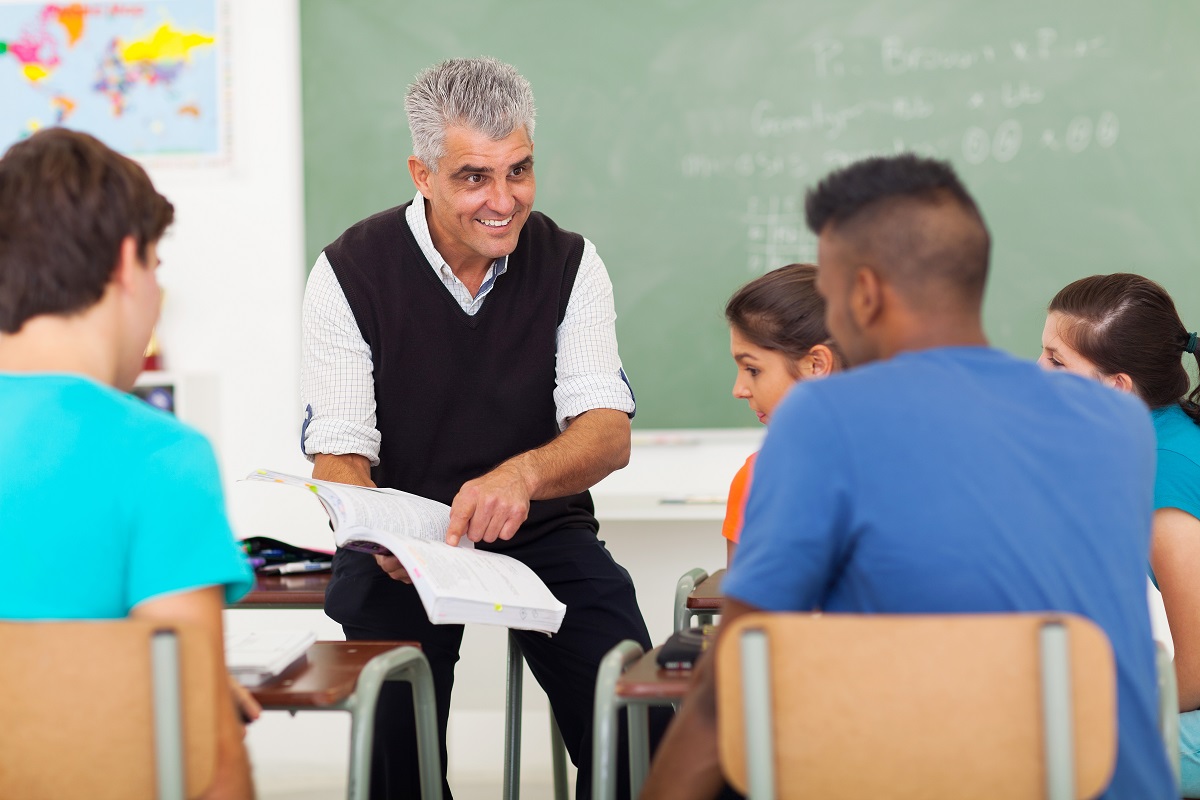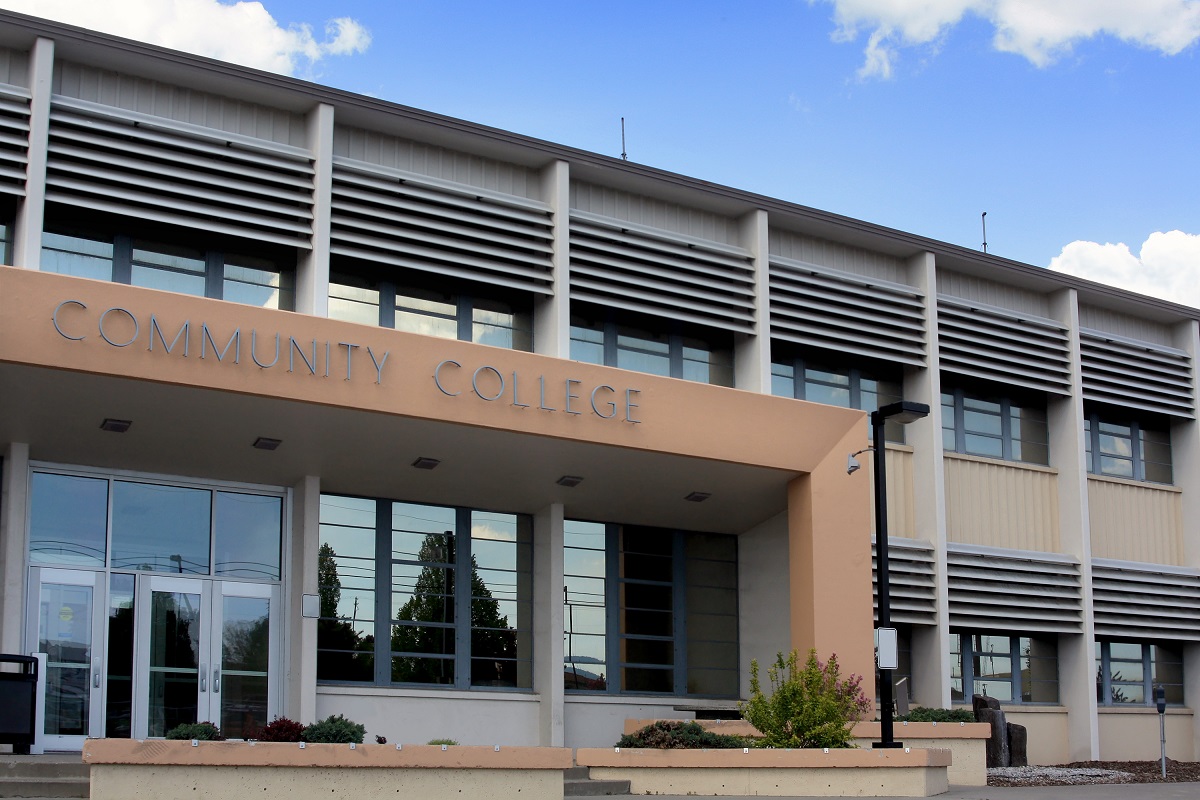A July 2024 report in a continuing series from NWEA examining the impact of the COVID-19 pandemic on student achievement and progress toward academic recovery finds that growth for all students lagged pre-pandemic trends in 2023–24. The gap between pre-COVID and current test score averages widened in 2023–24 in nearly all grades by an average of 36 percent in reading and 18 percent in math. The report posits that the average student will need the equivalent of 4.8 additional months of schooling to catch up in reading and 4.3 months in math, noting that the reading gap has widened from last year while the math gap remained about the same.
Also present are achievement gaps and changes in the severity of these gaps over time. “For example, the reading achievement gap for current seventh-graders grew from -0.12 in fall 2023 to -0.18 in spring 2024. This gap is now more than twice as large as it was in fall 2022 for this cohort. In math, the increase in gaps is less dramatic, but in both subjects, initial rebounding in 2021–22 has largely been undone by below-average growth in both 2022–23 and 2023–24,” according to the report. The authors note that middle schoolers need the most support to catch up.
Disproportionality
The report notes that the disaggregated ethnicity/race data is not meant to assign blame, but to underscore the need for substantial resources and support to address the cumulative impact of the pandemic on student groups that may have suffered more than others.
“Comparing across groups, estimates [for recovery time] for Hispanic students are generally larger than for other groups, typically by a month or more. It is important to emphasize that the estimates only show the months of schooling required to return students to the significantly inequitable pre-pandemic status quo,” the report states.
The report also notes that current first- and second-graders who were not in school during the pandemic-related closures have also seen lower test scores than students prior to the pandemic. “This underscores the pervasive impact of the pandemic on the education system, demonstrating how its effects have impacted students entering schools even after the initial shocks subsided,” wrote researchers.
Trends
Projections of student progress by NWEA have not panned out in reality.
“At the end of 2021–22, we optimistically concluded that the worst was behind us and that recovery had begun. Unfortunately, data from the past two school years no longer support this conclusion. Growth has slowed to lag pre-pandemic rates, resulting in achievement gaps that continue to widen, and in some cases, now surpass what we had previously deemed as the low point,” the report states.
NWEA is very concerned about the state of recovery now and going forward, especially with the expiration of federal COVID-relief funds and the tightening of budgets around the country.
“The persistent achievement gaps we observe force us all to ask ourselves: are we willing to accept this new status quo? If the answer is no, we must create a system that embraces equitable recovery efforts and weaves them into standard operating procedures in a sustained way. Instead of treating COVID recovery interventions as temporary crisis-mitigation tactics, we must make targeted academic supports, such as high-dosage tutoring and summer programming, a permanent part of our new normal,” the report concludes.
The authors acknowledge that to continue these supports, states or the federal government need to step up and prioritize funding for K-12 education.





